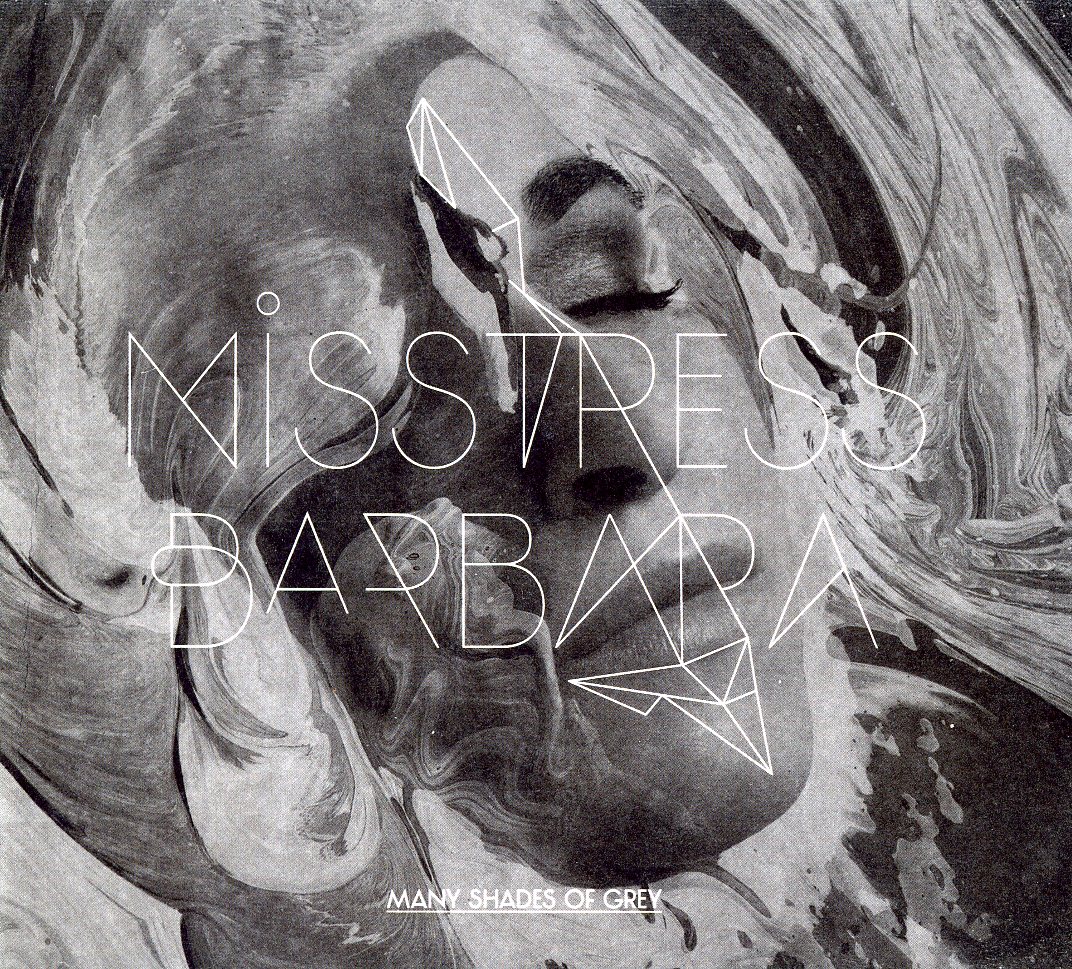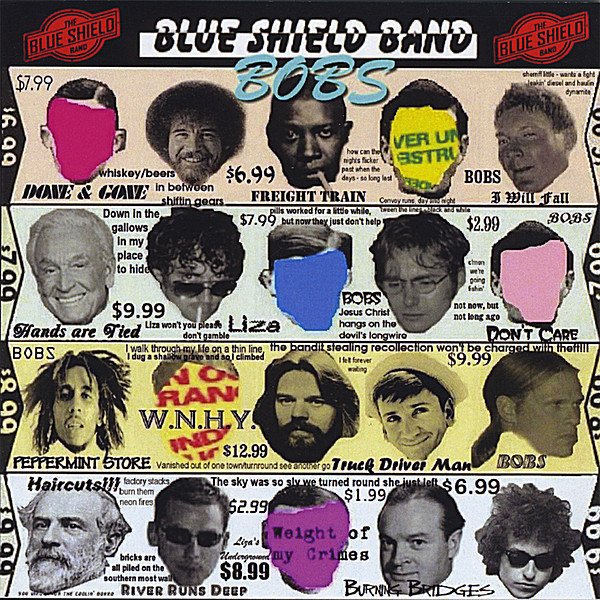
Peterson, Kathleen
product information
description
3canning, method of preserving food from spoilage by storing it in containers that are hermetically sealed and then sterilized by heat. The process was invented after prolonged research by Nicolas Appert of France in 1809, in response to a call by his government for a means of preserving food for army and navy use. Appert's method consisted of tightly sealing food inside a bottle or jar, heating it to a certain temperature, and maintaining the heat for a certain period, after which the container was kept sealed until use. It was 50 years before Louis Pasteur was able to explain why the food so treated did not spoil: the heat killed the microorganisms in the food, and the sealing kept other microorganisms from entering the jar. In 1810 Peter Durand of England patented the use of tin-coated iron cans instead of bottles, and by 1820 he was supplying canned food to the Royal Navy in large quantities. European canning methods reached the United States soon thereafter, and that country eventually became the world leader in both automated canning processes and total can production. In the late 19th century, Samuel C. Prescott and William Underwood of the United States set canning on a scientific basis by describing specific time-temperature heating requirements for sterilizing canned foods. Have you reaped a good harvest? All this wealth must still be managed to be preserved. From the whole variety of recipes for preparations for the winter, choose those that are not only tasty, but also do not take much time. After all, summer is fleeting - you also need to have time to relax. Kathleen Peterson, a popular author and well-known gardener with 55 years of experience, has collected a whole collection of such recipes and tested them herself. Who, if not her, urging all summer residents to become reasonably lazy gardeners and gardeners, teach the owners to save time and effort during the "hot season" of canning.
member goods
No member items were found under this heading.
notems store
Return Policy
All sales are final
Shipping
No special shipping considerations available.
Shipping fees determined at checkout.







